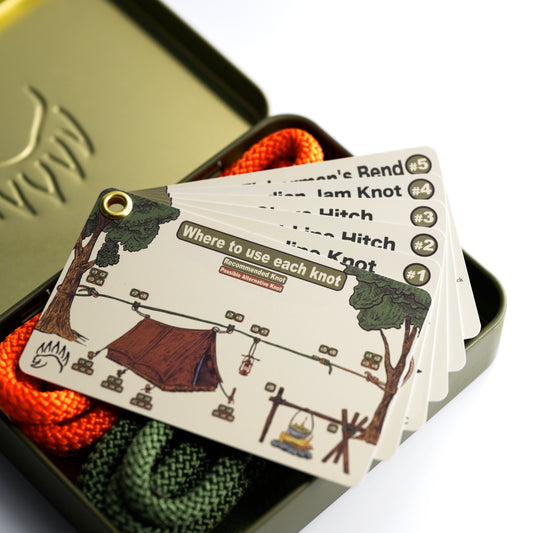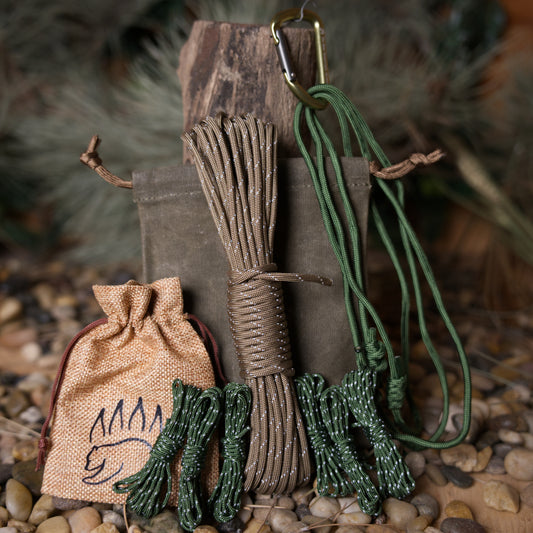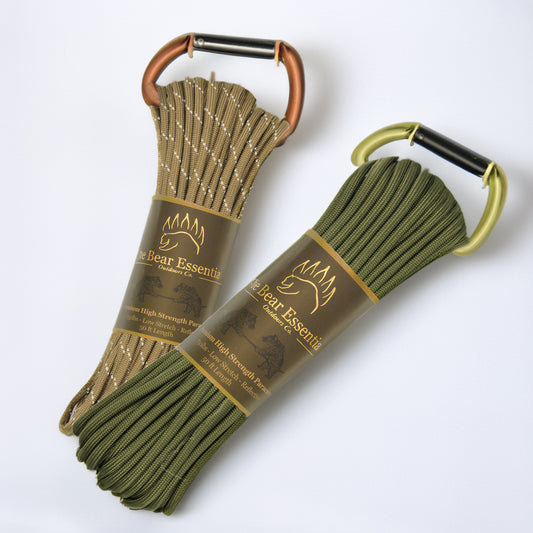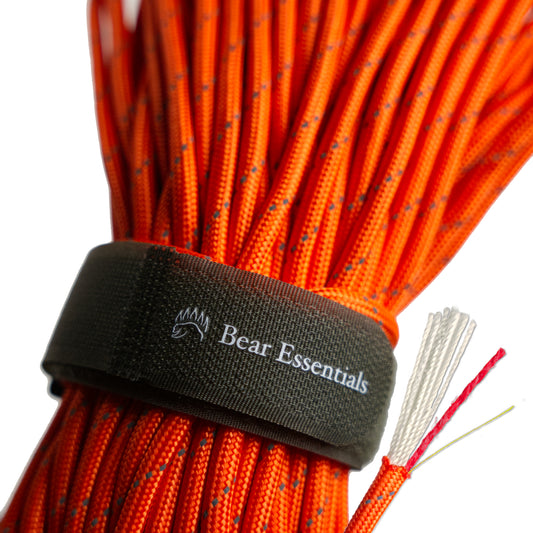How to Tie the Snelling Knot
Usage
The Snelling Knot is commonly used to attach a fishing line to a hook in fishing and flyfishing, creating a strong, streamlined connection. Compared to the Improved Clinch Knot, it’s more secure for heavy fish, aligning the line with the hook shank for better hooksets. Its strength is valued, but it requires practice to tie with thin lines. This knot is a favorite for anglers targeting big catches.
Why Learn the Snelling Knot?
Its robust design ensures reliable hook attachment. This knot is a must for anglers needing strong, aligned connections.
Common Uses
-
Fishing:
- Attaches monofilament or fluorocarbon to eyed hooks for bait fishing.
- Secures lines to lures or swivels for strong connections.
-
Flyfishing:
- Ties tippets to fly hooks for secure fly presentations.
- Connects leaders to hooks in multi-fly rigs.
ABOK Number
(Ashley Book of Knots)
Other Names
Category
|
Notable Features
- High strength: Maintains line integrity under heavy pulls.
- Streamlined profile: Aligns line with hook for effective hooksets.
- Versatile use: Suits monofilament, fluorocarbon, or braided lines.
- Secure hold: Resists slipping, ideal for big fish.
- Angler’s choice: Standard for bait and lure fishing.
Variations
No true variations listed in the provided data. For added security, you can increase wraps to 8–10, though this may bulk up the knot.
Similar Knots
Improved Clinch Knot vs. Snelling Knot
- Pros: Simpler and quicker to tie for basic hook attachments.
- Cons: Less secure and misaligns line under heavy loads compared to the Snelling Knot.
Palomar Knot vs. Snelling Knot
- Pros: Easier to tie and strong for braided lines.
- Cons: Bulkier and less aligned with the hook shank for hooksets.
History
The Snelling Knot, not explicitly listed in The Ashley Book of Knots, originated in angling traditions where secure hook attachments were critical for landing large fish. Its design, aligning the line with the hook shank, made it a staple for bait and lure fishing. Its widespread use in modern fishing and flyfishing highlights its reliability for strong, streamlined connections.
Security Level
The Snelling Knot provides exceptional strength for hook attachments when tied correctly, often retaining nearly 100% of the line’s breaking strength. It performs best with monofilament or fluorocarbon lines and proper tightening. For slick or thin lines, ensure tight wraps and consider extra wraps to prevent slipping.
Downsides
- Complexity: Requires practice, especially with thin or slick lines.
- Time-consuming: Slower to tie than simpler knots like the Clinch.
Structure
- Pass the line through the hook eye, pointing toward the hook point, leaving a 6-inch tag end.
- Pass the tag end back through the hook eye in the same direction to form a loop.
- Hold the loop against the hook shank and wrap the tag end around the shank and line 5–7 times.
- Pull the standing line to tighten the wraps, sliding them toward the hook eye.
- Wet the knot, pull tight, and trim the tag end close to the wraps.
Pro Tip: Wet the line before tightening to reduce friction and strengthen the knot. Keep wraps tight and even to prevent slipping or misalignment. Practice with thicker lines first to master the technique before using thin tippets.
FAQ
Is the Snelling Knot strong enough for big fish?
Yes, it’s one of the strongest for hook attachments, ideal for bass or trout.
What’s the best line for the Snelling Knot?
Monofilament or fluorocarbon in 4–20 lb test works well for secure ties.
How does the Snelling Knot compare to the Palomar Knot?
The Snelling aligns better with the hook but is harder to tie; the Palomar is simpler but bulkier.
Can the Snelling Knot be used in flyfishing?
Yes, it’s great for tying tippets to fly hooks, especially for larger flies.
Why choose the Snelling Knot over an Improved Clinch Knot?
It’s stronger and aligns the line for better hooksets, though more complex.
Important Notes on Safety
Common failure points include loose wraps or dry tightening, which can weaken the knot. Always wet the knot and verify it’s secure before fishing. Check the line for nicks or wear before tying. Ensure 5–7 tight wraps for adequate strength. Practice in calm conditions to perfect the technique.








